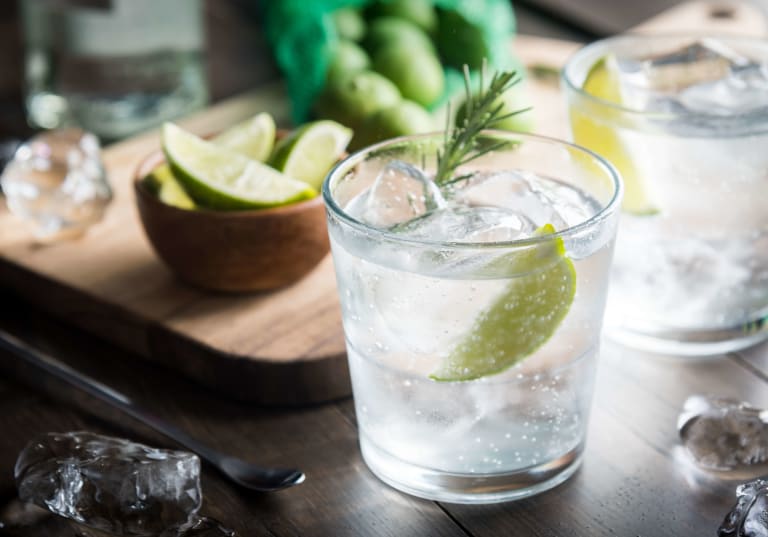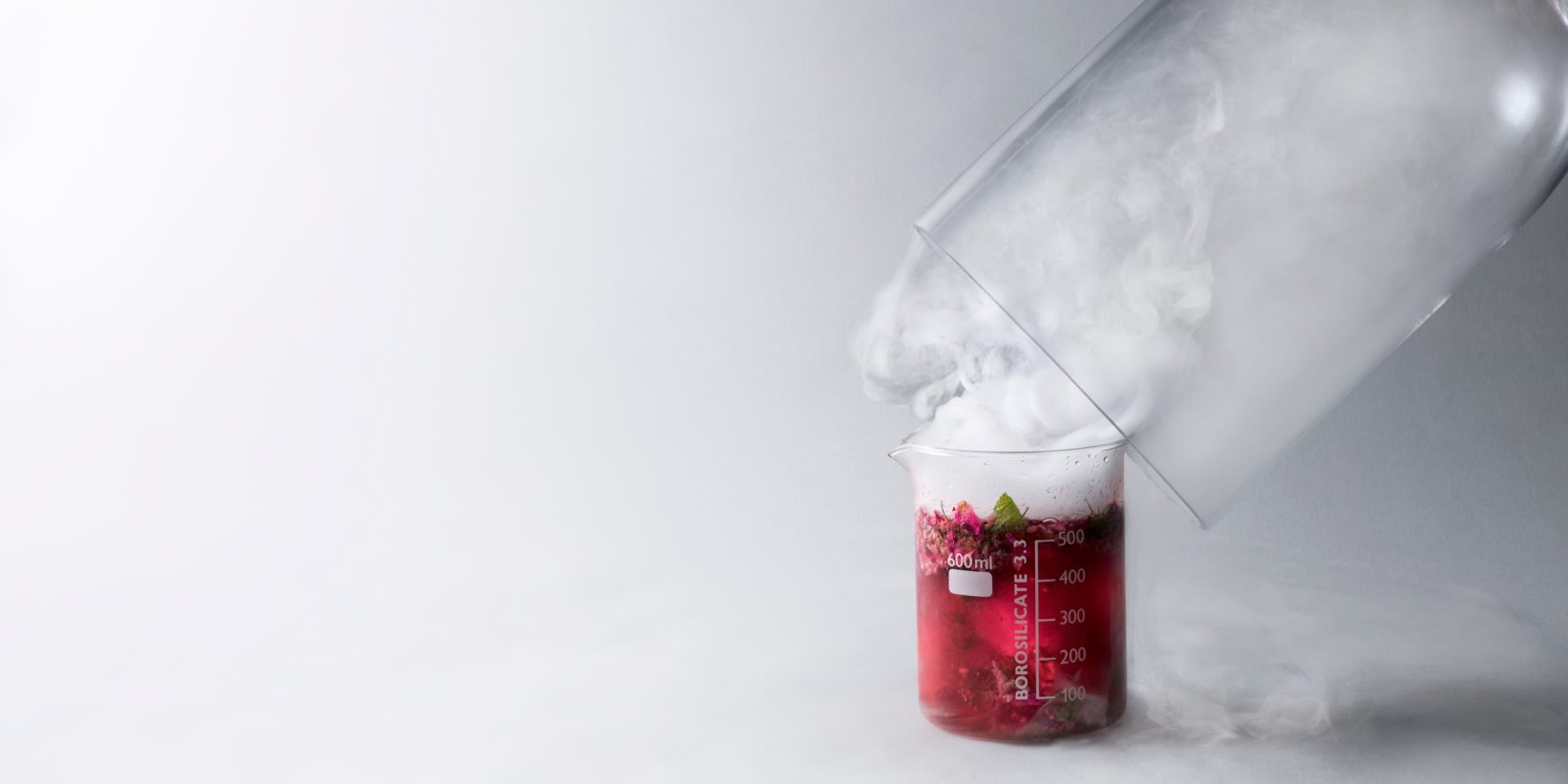How to choose tonic water for gin & tonic?
There are many reasons why the gin and tonic remains a firm favorite. According to Karttunen, there are three main reasons: 1) a gin and tonic is simple to make, since it has only two ingredients, 2) it is highly refreshing and easy to drink, and 3) despite its simplicity it has many taste nuances. Most importantly, nobody will become easily bored with the drink, and that’s due in large part to the tonic water. Tonic water has a perfect balance of tartness and sweetness, and much more as well in terms of flavor.
A gin and tonic is made with one part gin to three parts tonic water, so the latter plays a big role in the taste.
Mikael Karttunen, Anora's Brand Ambassador
Choosing the right tonic for your favorite gin
In recent years, the number of different tonic waters available worldwide has grown. They differ in various respects, in particular in the amount of quinine and sugar, they contain, which determines the bitterness or sweetness of the tonic. Other ingredients also contribute to the flavor of a tonic, such as various citrus fruits, the most common of which is lemon.
The palette of flavors contained in tonics continues to expand, with elderflower, chamomile and rose being some of the latest additions. Karttunen gives advice to every gin and tonic enthusiast: "First, identify the style of your own favorite gin, and the dominant flavors in it."
In the case of clear-cut classic gins, the juniper berry is very pronounced, and so it’s important to choose a classic tonic water that respects this character of the gin. This type of gin doesn’t go very well with tonics that have a pronounced citrus or flowery taste. Gins with a more diverse palette of flavors, on the other hand, invite experimentation with more flowery tonics to accentuate the rich variety of flavorings. The easiest combination is a classic gin with a classic tonic water. A more multi-dimensional style requires some experimentation.
Which is the more important part of the cocktail–the gin, or the tonic water?
The most important thing to consider is how the two work together, Karttunen says.
“A gin and tonic is made with one part gin to three parts tonic water, so the latter plays a big role in the taste. Neither ingredient should be belittled, of course, as they complement each other”.
There are currently around 70 different types of gin available in Finland, but only 10 different tonic waters. “Many gin and tonic aficionados have their own favorite gin, but the role of the tonic water is also crucial”, Karttunen says.
First, identify the style of your own favorite gin, and the dominant flavors in it.
Mikael Karttunen, Anora's Brand Ambassador
Origins of the gin and tonic
The gin and tonic originated in the nineteenth century in India, in the days of the British Empire. British army officers stationed in India were allowed a specific daily amount of gin, as well as a portion of quinine water to prevent malaria.
At some point, an inventive officer decided to combine the gin and the quinine water – that is, tonic water – in the same glass, thus creating the first form of the classic drink. Quinine is made with the bark of the cinchona tree, and has been proven to have anti-malarial effects. Bubbles were added to quinine water only later, when the British royals developed a taste for carbonated water.
Gin is a Dutch innovation
Gin’s long history goes back to seventeenth-century Holland, when a gin-like liquor called jenever was distilled. Jenever derives its name from the juniper berry. Over time, the Dutch word became anglicized and abbreviated to gin.
The ethanol on which gin is based is most often distilled from cereal, and the juniper berry remains the main flavoring. To a large degree, gins are classified according to the classic gin styles, such as London dry gin, which is produced with all the flavoring ingredients being included in the distillation. Distilled dry gin is similar to London dry gin, but the flavorings can be added as separate distillates.
The gins of today can also include aromatic substances or extracts. In addition to the juniper berry, the most commonly used flavorings in gin are coriander seeds or fennel seeds. Aquavit, the Nordic variant of gin, is also characterized by the addition of cumin and dill.
How to garnish a gin and tonic?
A slice of lemon or wedge of lime are the classic finishing touches for a gin and tonic. According to Karttunen, a variation on the classic garnish that’s well worth trying is a citrus peel on its own. The peel should first be squeezed gently over the drink to release the essential oils, before stirring in the rest of the peel.
The individual characteristics of a particular gin and tonic can also be highlighted with garnishes such as edible flowers, for a drink that already has a flowery nature, or thyme, for example, for a drink that already has a more herbal profile.






